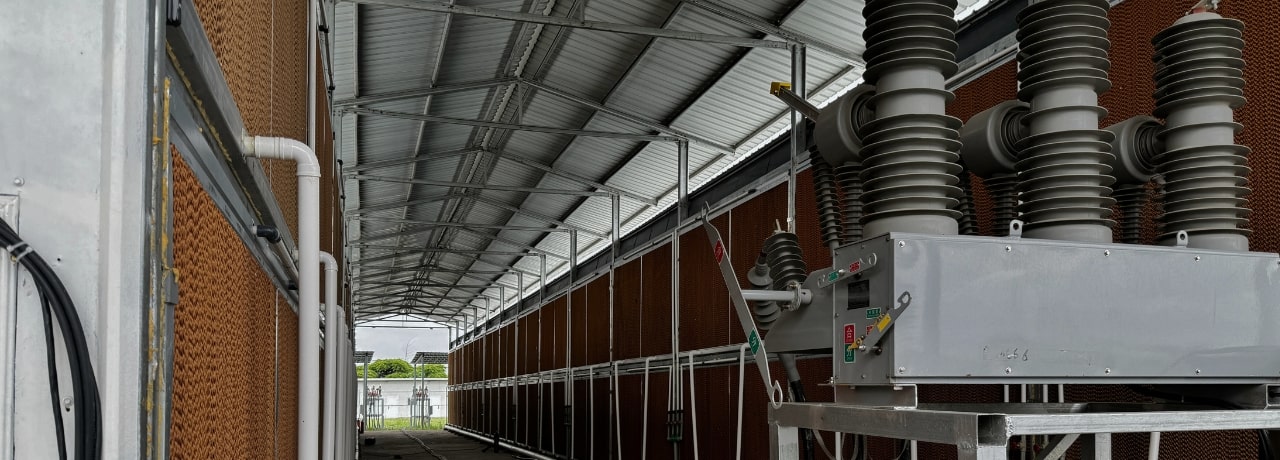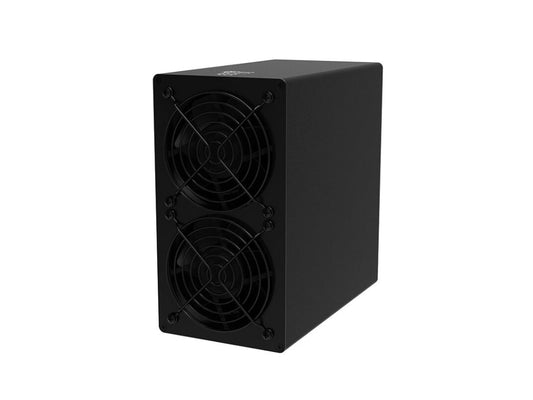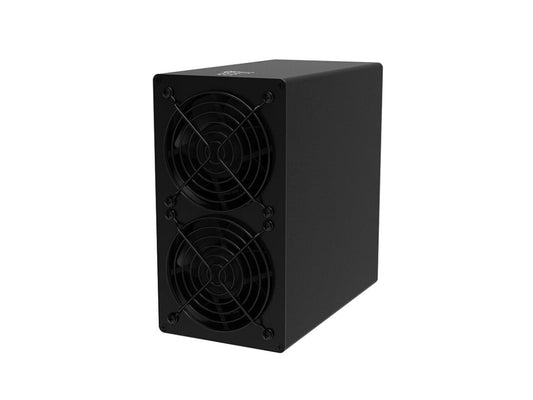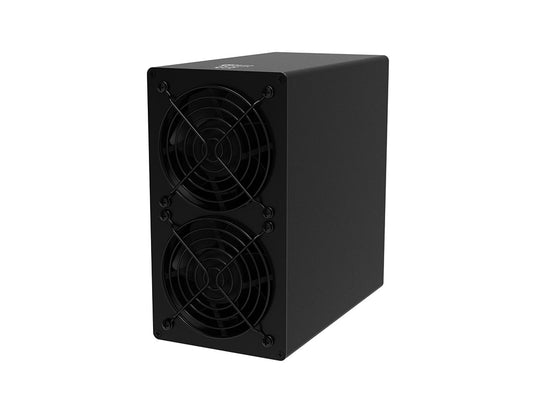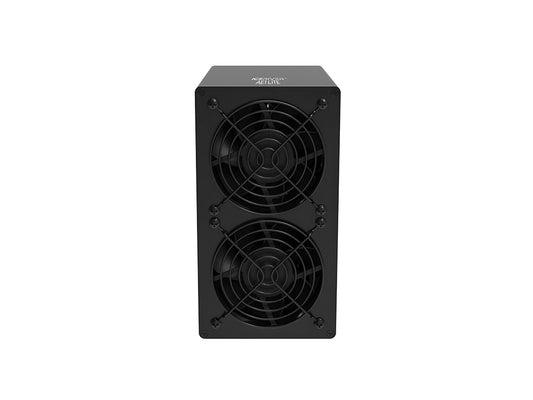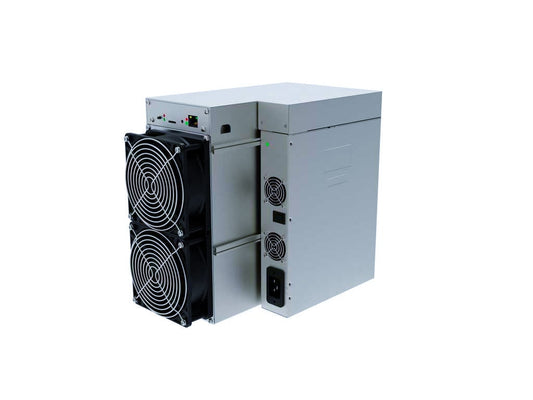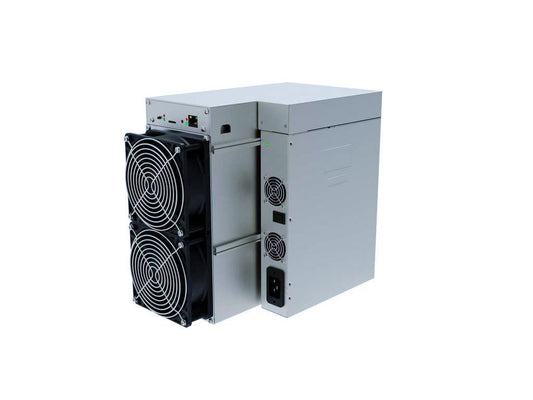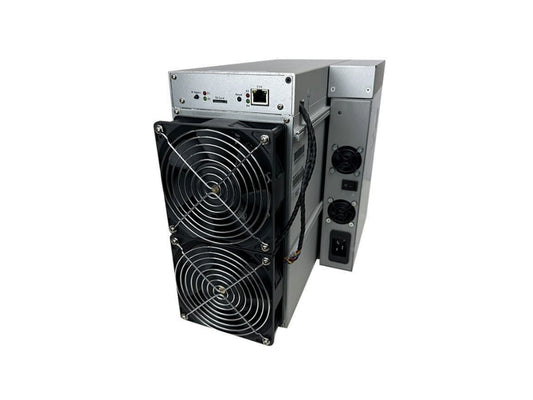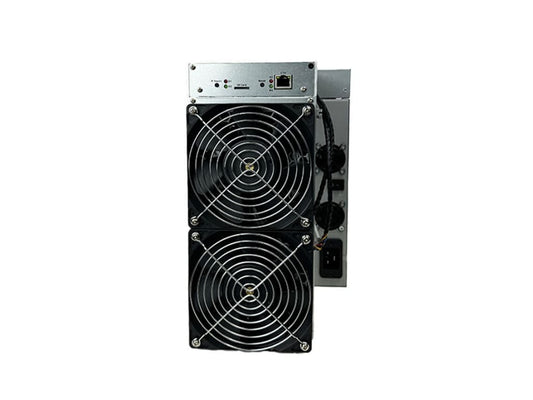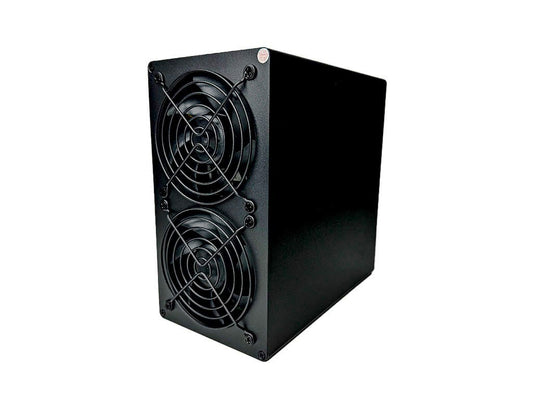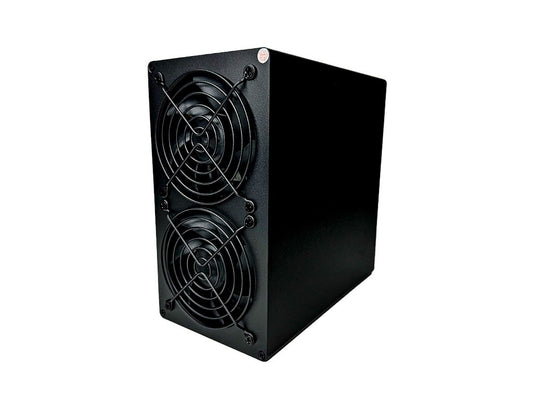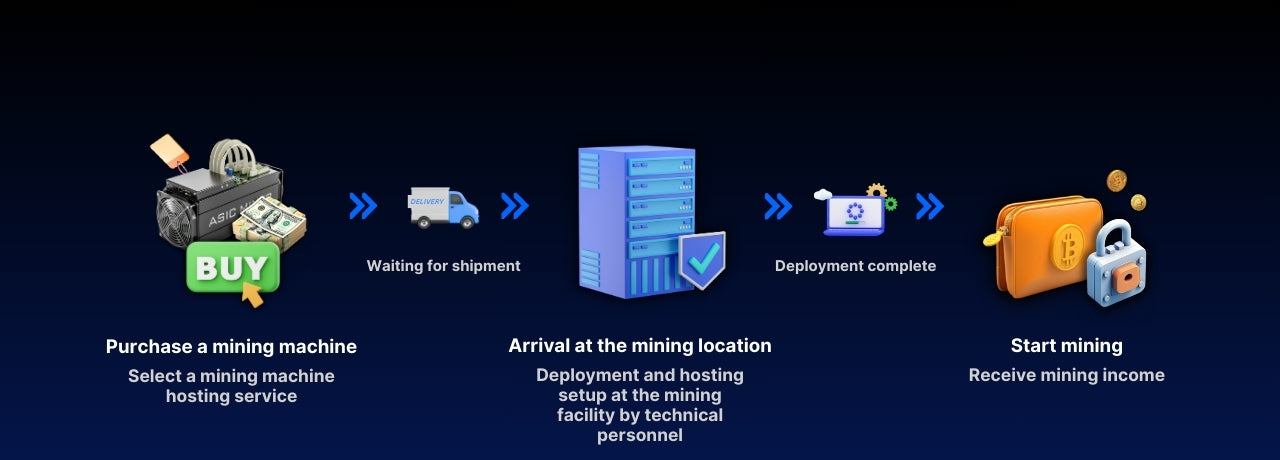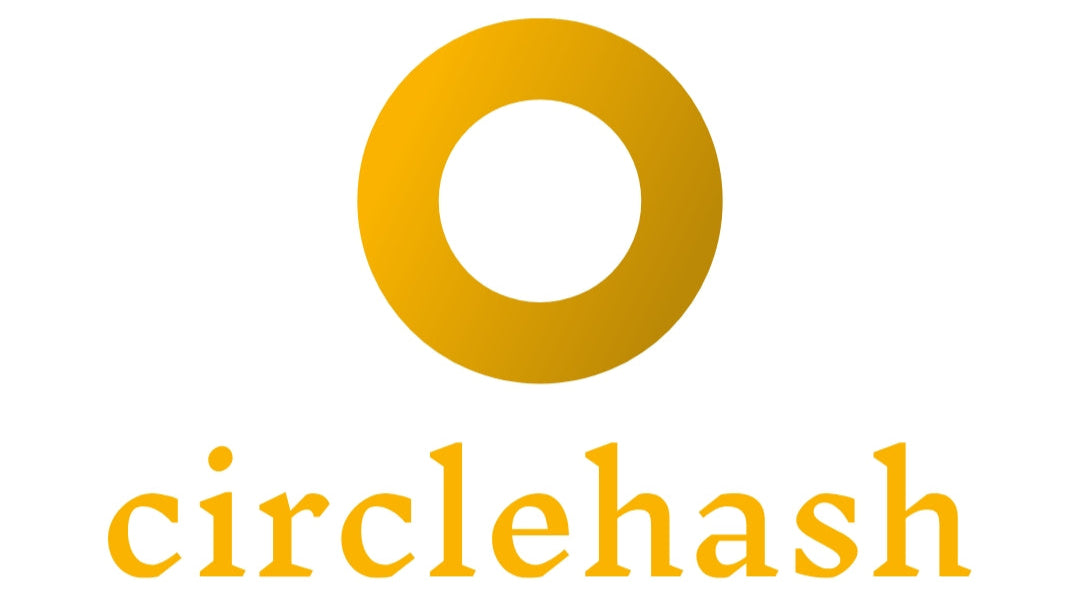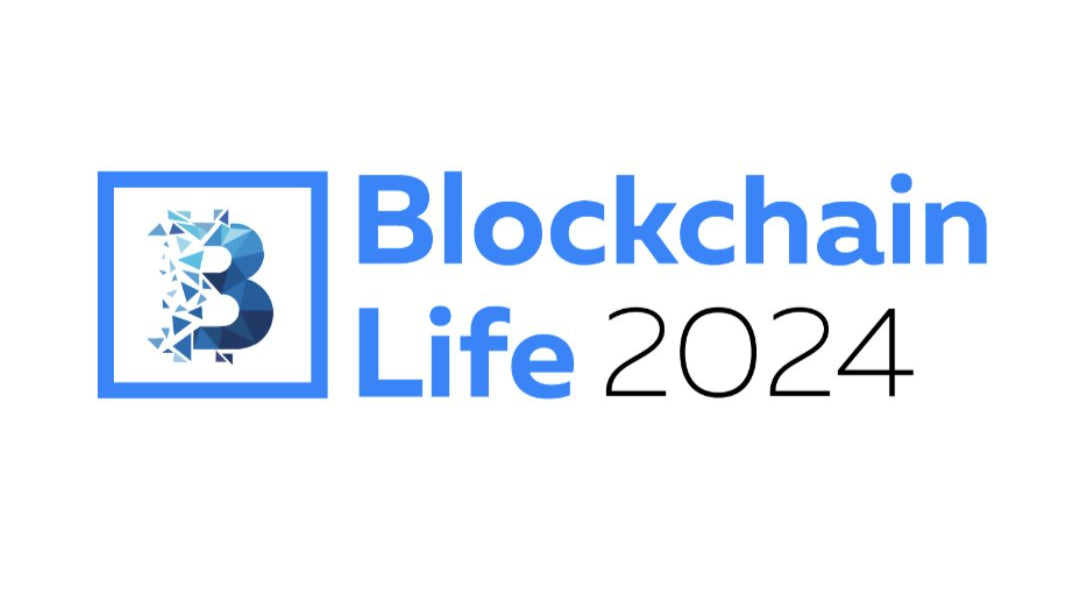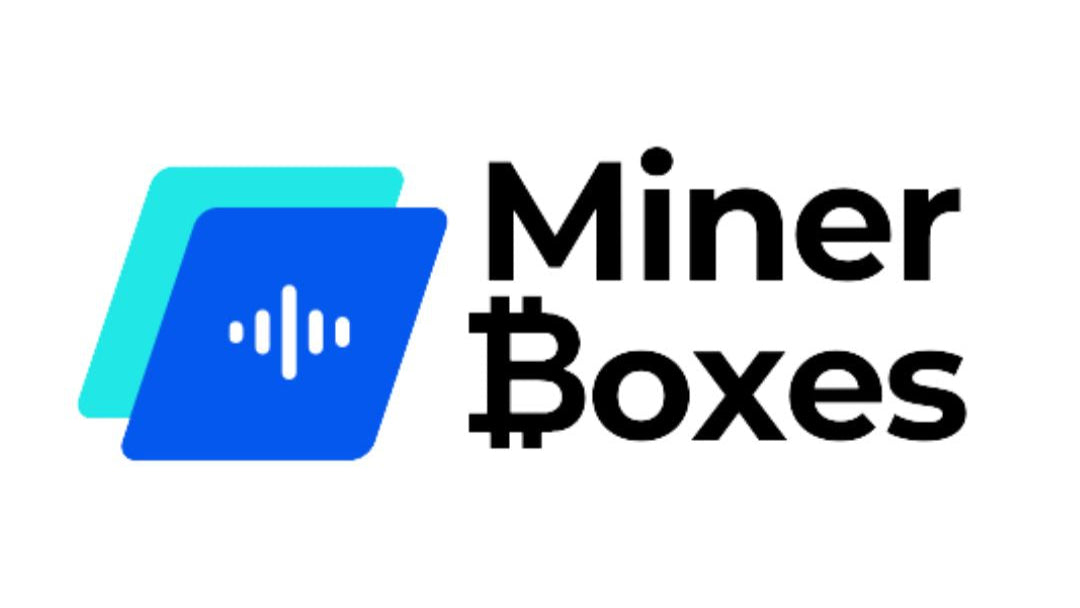The Most Profitable ICERIVER Asic Miners
Discover the most profitable ASIC miners from IceRiver for mining.
-
IceRiver ALEO AE2 - 720 MH/s
Vendor:ICERIVERRegular price €2,669.00EURRegular priceUnit price per -
IceRiver ALEO AE2 - 720 MH/s + hosting
Vendor:ICERIVERRegular price €2,999.00EURRegular priceUnit price per -
IceRiver ALEO AE1 Lite - 300 MH/s
Vendor:ICERIVERRegular price €949.00EURRegular priceUnit price per€999.00EURSale price €949.00EURSale -
IceRiver ALEO AE1 Lite - 300 MH/s + hosting
Vendor:ICERIVERRegular price €1,359.00EURRegular priceUnit price per -
IceRiver KS7 - 30 TH/s
Vendor:ICERIVERRegular price €1,718.00EURRegular priceUnit price per -
IceRiver KS7 - 30 TH/s + hosting
Vendor:ICERIVERRegular price €2,359.00EURRegular priceUnit price per -
IceRiver ALEO AE3 - 2 GH/s
Vendor:ICERIVERRegular price €4,899.00EURRegular priceUnit price per€5,159.00EURSale price €4,899.00EURSale -
IceRiver ALEO AE3 - 2 GH/s + hosting
Vendor:ICERIVERRegular price €5,559.00EURRegular priceUnit price per
Newest ASIC Miner
Create your pre-order for the newest ASIC miner from IceRiver for KASPA mining. Production time of this miner will be announced soon.

ICERIVER
IceRiver ALEO AE2 - 720 MH/s

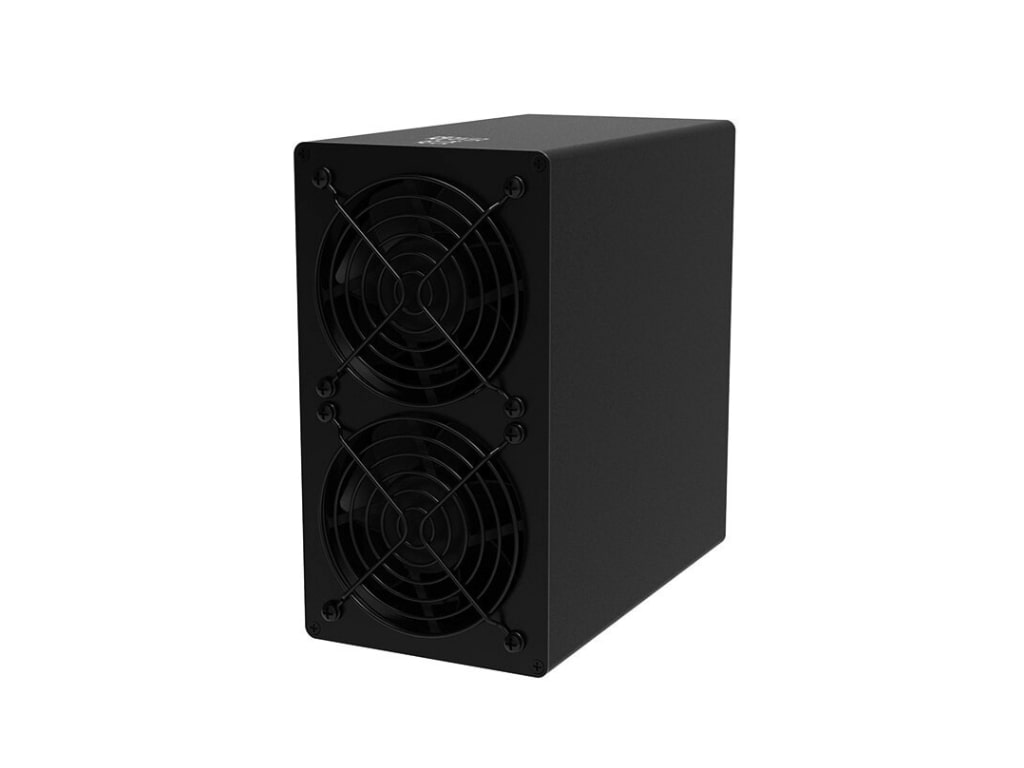
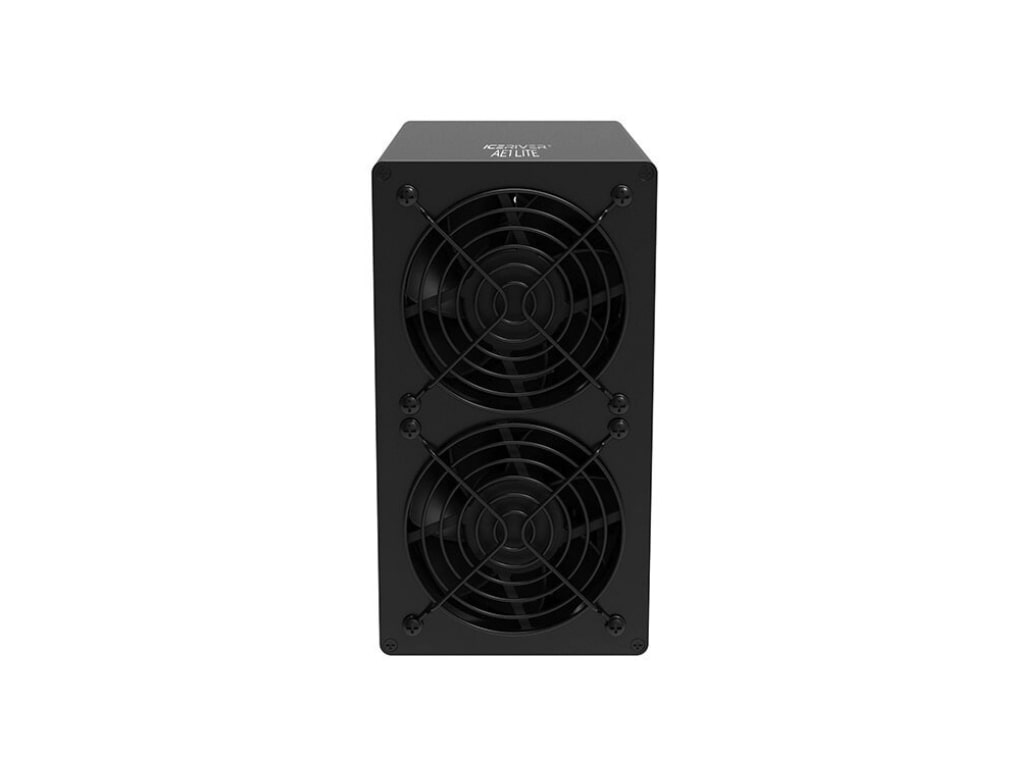
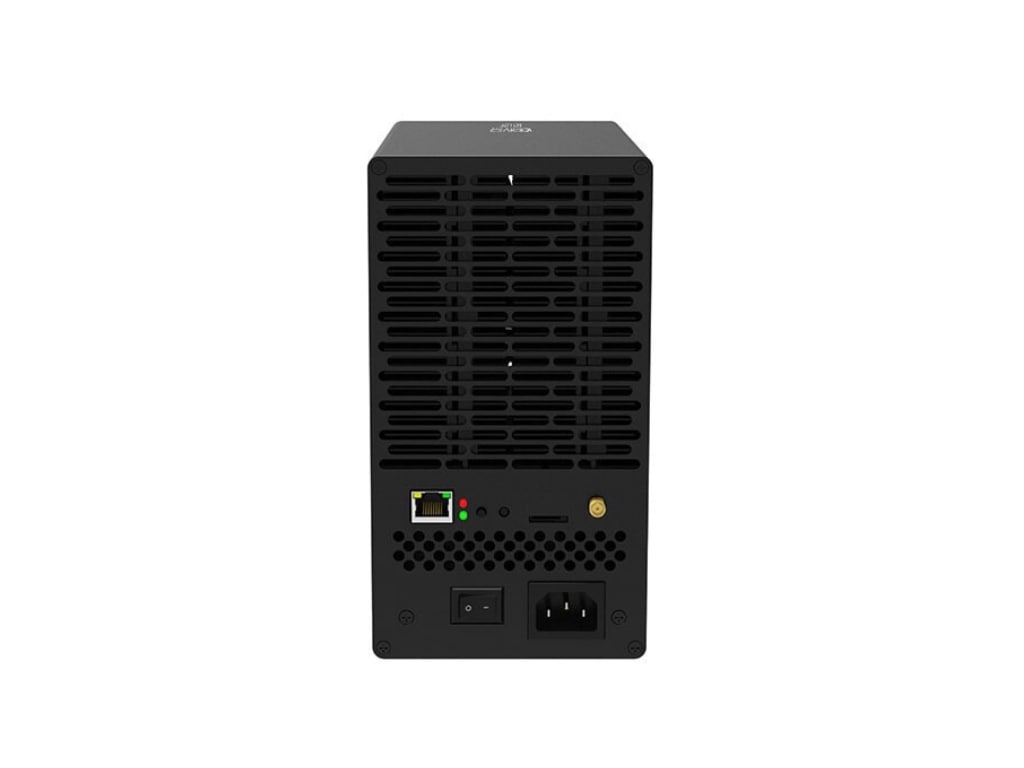
Kaspa ASIC Miners
Discover high-performance Kaspa (KAS) miners optimized for the KHeavyHash algorithm, offering top efficiency and profitability. Upgrade your mining setup with IceRiver’s cutting-edge ASICs for maximum returns
-
IceRiver KS7 Lite - 4.2 TH/s + hosting
Regular price €769.00EURRegular priceUnit price per -
IceRiver KS7 - 30 TH/s + hosting
Regular price €2,359.00EURRegular priceUnit price per -
IceRiver KS7 Lite - 4.2 TH/s
Regular price €761.00EURRegular priceUnit price per -
IceRiver KS7 - 30 TH/s
Regular price €1,718.00EURRegular priceUnit price per -
 Sold out
Sold outIceRiver KS3L - 5 TH/s
Regular price €1,100.00EURRegular priceUnit price per -
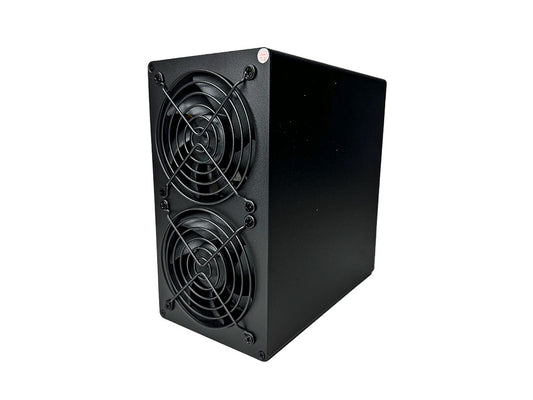 Sold out
Sold outIceRiver KS2 Lite - 2 TH/s + hosting
Regular price €699.00EURRegular priceUnit price per -
IceRiver KS3 - 8 TH/s
Regular price €1,100.00EURRegular priceUnit price per -
 Sold out
Sold outIceRiver KS1 - 1 TH/s
Regular price €299.00EURRegular priceUnit price per
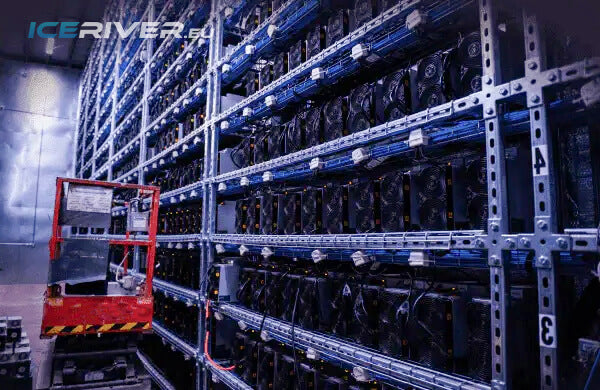
IceRiver.eu Hosting
Uncover the new era of ease in cryptocurrency mining.
Our network of hosting centers spans the globe and has earned the trust of numerous customers. Our primary emphasis is on Kaspa mining.

IceRiver KS7 30 Th -Hosting
Highly energy efficient with low power cost per Tera-hash.
7 Years warranty in our hosting
AI Pool Optimalization for higher income
Smart Mining App
Electricity from 0.047 USD per KW.
🇺🇸 USA Hosting Center - $0.065 per kWh
Mining Machine Hosting Process
On our platform, users can buy hosted mining machines, with all the logistics, including procurement, transportation, and hosting, handled by us. The ICERIVER EU mining farm is professionally managed around the clock, ensuring optimal performance and reliability. This hassle-free solution allows users to enjoy consistent mining income without dealing with technical setup or ongoing management.

We are IceRiver.eu
We distribute ICERIVER ASIC miners across Europe, the USA, and the UAE. Additionally, we offer hosting services in these regions, with electricity prices starting as low as $0.05 per kilowatt-hour for cost-effective mining. Manage your miners easily with our own app, specifically designed for our hosting platform, giving you full control and monitoring of your ASICs from anywhere.

IceRiver.eu at Blockchain Life 2024!
At BlockchainLife 2024, we proudly presented our global hosting centers in Czechia, Norway, Dubai, Texas, and Paraguay, offering an exclusive $0.035/kWh energy rate for new customers. We also introduced our mobile app for managing hosted miners and launched the IceRiver Mining Pool to enhance efficiency and profitability. These innovations showcase our commitment to revolutionizing cryptocurrency mining for our clients worldwide.
IceRiver.eu & Hosting
About KASPA
Its design is true to the principles that Satoshi incorporated into Bitcoin – proof-of-work mining, an isolated state created by UTXO, a deflationary monetary policy, no pre-mining and no central control. Kaspa is unique in its ability to support a high frequency of blocks without affecting the level of security offered by the most secure proof-of-work environments. The current Kaspa mainnet operates at one block per second. Following the ongoing Rust rewrite, the core developers aim to significantly increase the number of blocks per second, making it attractive for smart contract and DeFi (decentralized finance) development.
SOLUTION OF THE TRILEMMA
Traditional cryptocurrencies suffer from a trade-off between security, scalability, and decentralization: decentralized cryptocurrencies must limit the rate at which blocks are created to reduce the number of "orphans," which are blocks created off-chain during the time a block is propagating through the network. A high number of orphans reduces the effectiveness of the PoW (Proof of Work) network and thus weakens its defense against attacks by malicious participants. To resolve this trade-off, the Kaspa consensus layer uses the GhostDAG protocol, a Proof of Work consensus protocol that generalizes the Nakamoto chain to a directed acyclic block graph (blockDAG). GhostDAG incorporates "orphaned" blocks into the chain by creating a blockDAG, and then uses a new hungry algorithm to organize blocks by favoring well-connected, honest blocks, quickly and with high probability. GhostDAG allows Kaspa to bypass traditional blockchain compromises, increasing the speed of block creation by several orders of magnitude and maintaining theoretical Bitcoin-level security.
The result is a cryptocurrency that is backed by 51% security, has a large number of miners/nodes, and achieves throughput of the order of one block per second. This differs from existing cryptocurrencies, which inevitably sacrifice a small number of validating nodes or a lower security BFT (33% threshold required for attacks by malicious participants on the network).
Quick confirmations
The slow block creation rate of traditional cryptocurrencies means slow confirmations, i.e. the time it takes for a transaction to be published on the blockchain. The Kaspa consensus layer supports fast confirmations in the order of seconds - fast first confirmation, which allows use in cases where immediate proof of publication (but not immediate irreversibility) is needed, such as e-commerce.
High throughput
The slow block creation speed of traditional cryptocurrencies also means low transaction throughput. By using GhostDAG, Kaspa's consensus layer removes security as a bottleneck for high throughput, allowing speed and block sizes to grow to a level that the network can handle. Kaspa also optimizes data transmission costs and network infrastructure for high throughput.
Decentralization of mining
The slow block creation rate of traditional cryptocurrencies also means high variability in mining income (ie irregular mining rewards due to the difficulty of finding a block), which incentivizes miners to join larger and larger mining pools – which combine computing power and distribute smaller, more regular rewards participants – as the network grows and block difficulty increases. This centralizes the power of the consensus in the hands of a few mining pool managers. The fast speed of creating blocks in the Kaspa consensus layer reduces the volatility of mining income, which reduces the incentive to join mining pools and contributes to the decentralization of mining.




